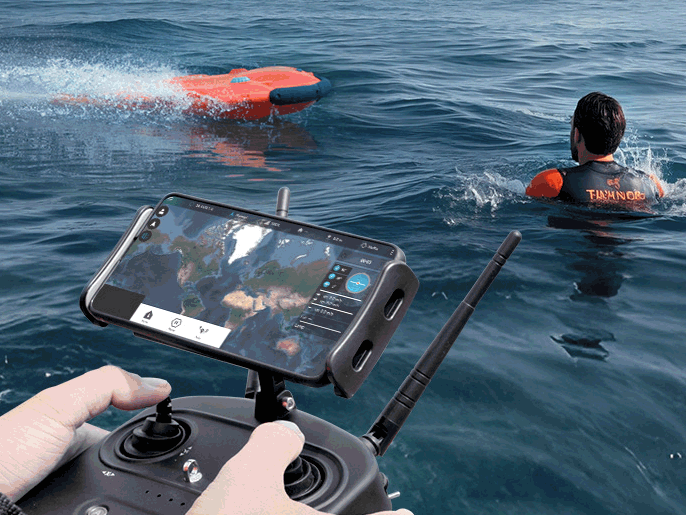随着我国水域安全管理体系建设的不断推进,智能化、高效化的水上救援装备逐渐成为各级政府应急管理部门的重点采购方向。其中,“遥控救援飞翼”作为一种新型水域救援设备,因其操作便捷、响应迅速、安全性高等特点,正广泛应用于江河湖海等复杂水域的应急救援场景。本文将围绕“遥控救援飞翼”在政府采购项目中的需求进行深入分析,探讨其技术标准、应用场景、采购考量及未来发展趋势。
===
Remote Rescue Wing Government Procurement Project Demand Analysis
With the continuous advancement of China's water safety management system, intelligent and efficient water rescue equipment has gradually become a key procurement focus for emergency management departments at all levels of government. Among these, the "Remote Rescue Wing," as a new type of aquatic rescue device, is widely used in emergency rescue scenarios across complex water bodies such as rivers, lakes, and seas due to its ease of operation, rapid response, and high safety. This article provides an in-depth analysis of the demand for the "Remote Rescue Wing" in government procurement projects, exploring its technical standards, application scenarios, procurement considerations, and future development trends.
遥控救援飞翼 政府采购项目的背景与意义
近年来,极端天气频发,溺水事故和水域突发事件呈上升趋势,传统人工救援方式面临响应慢、风险高、覆盖范围有限等挑战。在此背景下,“遥控救援飞翼”凭借其远程操控、快速抵达、可重复使用等优势,成为提升水域救援能力的重要技术手段。政府采购“遥控救援飞翼”不仅有助于提升应急响应效率,降低救援人员风险,还能体现政府对公共安全的高度重视,推动智慧应急体系建设。
===
Background and Significance of the Remote Rescue Wing Government Procurement Project
In recent years, with the increasing frequency of extreme weather events, drowning incidents and water-related emergencies have shown an upward trend. Traditional manual rescue methods face challenges such as slow response, high risk, and limited coverage. In this context, the "Remote Rescue Wing" has become a crucial technological tool for enhancing water rescue capabilities, thanks to its advantages of remote control, rapid deployment, and reusability. Government procurement of the "Remote Rescue Wing" not only improves emergency response efficiency and reduces risks for rescue personnel but also reflects the government's high commitment to public safety and promotes the development of intelligent emergency response systems.
遥控救援飞翼 的核心技术需求分析
在政府采购项目中,对“遥控救援飞翼”的技术性能要求尤为严格。首先,设备应具备稳定的远程遥控能力,控制距离通常需达到500米以上,并支持实时视频回传功能。其次,动力系统需强劲可靠,能够在3级风浪条件下稳定航行,最高速度不低于6米/秒。此外,“遥控救援飞翼”应具备自动平衡、GPS定位、低电量返航等智能功能,并通过防水、防撞、防腐蚀等多重环境测试,确保在复杂水域中长期稳定运行。
===
Core Technical Demand Analysis of the Remote Rescue Wing
In government procurement projects, the technical performance requirements for the "Remote Rescue Wing" are particularly stringent. First, the device must have stable remote control capabilities, with a control range typically exceeding 500 meters, and support real-time video transmission. Second, the propulsion system must be powerful and reliable, capable of stable navigation under Level 3 wave conditions, with a maximum speed of no less than 6 meters per second. Additionally, the "Remote Rescue Wing" should feature intelligent functions such as automatic balance, GPS positioning, and low-battery return-to-home, and must pass multiple environmental tests for waterproofing, impact resistance, and corrosion resistance to ensure long-term stable operation in complex aquatic environments.
遥控救援飞翼 的典型应用场景需求
“遥控救援飞翼”适用于多种水域救援场景,包括但不限于:城市内河溺水救援、海滩游客遇险救助、水库及湖泊落水事故处置、洪涝灾害中的群众转移等。政府采购时需根据不同应用场景配置不同型号的“遥控救援飞翼”,例如:近岸救援可选用轻便型,远距离或大风浪区域则需配备高续航、强动力的专业机型。同时,设备应支持多人同时抓握,具备救生浮力标识和夜间警示灯,满足全天候救援需求。
===
Typical Application Scenarios Demand for the Remote Rescue Wing
The "Remote Rescue Wing" is suitable for various aquatic rescue scenarios, including but not limited to: drowning rescue in urban rivers, assistance for tourists in distress at beaches, handling of falling incidents in reservoirs and lakes, and evacuation of people during flood disasters. During government procurement, different models of the "Remote Rescue Wing" should be configured according to specific application scenarios—for example, lightweight models for near-shore rescue, and professional models with long battery life and strong propulsion for long-distance or high-wave areas. Additionally, the device should support multiple people holding on simultaneously, feature buoyancy identification markers, and be equipped with night warning lights to meet all-weather rescue requirements.
遥控救援飞翼 的采购标准与评估体系
为确保采购质量,政府项目需建立科学的“遥控救援飞翼”采购标准与评估体系。建议从以下几个维度进行评估:设备性能(速度、续航、抗风浪能力)、安全认证(如CE、IP67防水等级)、操作培训与售后服务、性价比及本地化支持能力。同时,应优先选择通过国家相关质检认证、具备实际救援案例验证的品牌产品,确保“遥控救援飞翼”在关键时刻“拉得出、用得上、救得下”。
===
Procurement Standards and Evaluation System for the Remote Rescue Wing
To ensure procurement quality, government projects need to establish a scientific procurement standard and evaluation system for the "Remote Rescue Wing." Evaluation is recommended from the following dimensions: device performance (speed, endurance, wave resistance), safety certifications (such as CE, IP67 waterproof rating), operator training and after-sales service, cost-effectiveness, and local support capabilities. At the same time, priority should be given to brands that have passed national quality inspections and have been validated through real rescue cases, ensuring that the "Remote Rescue Wing" can be "deployed quickly, operated effectively, and save lives reliably" when it matters most.
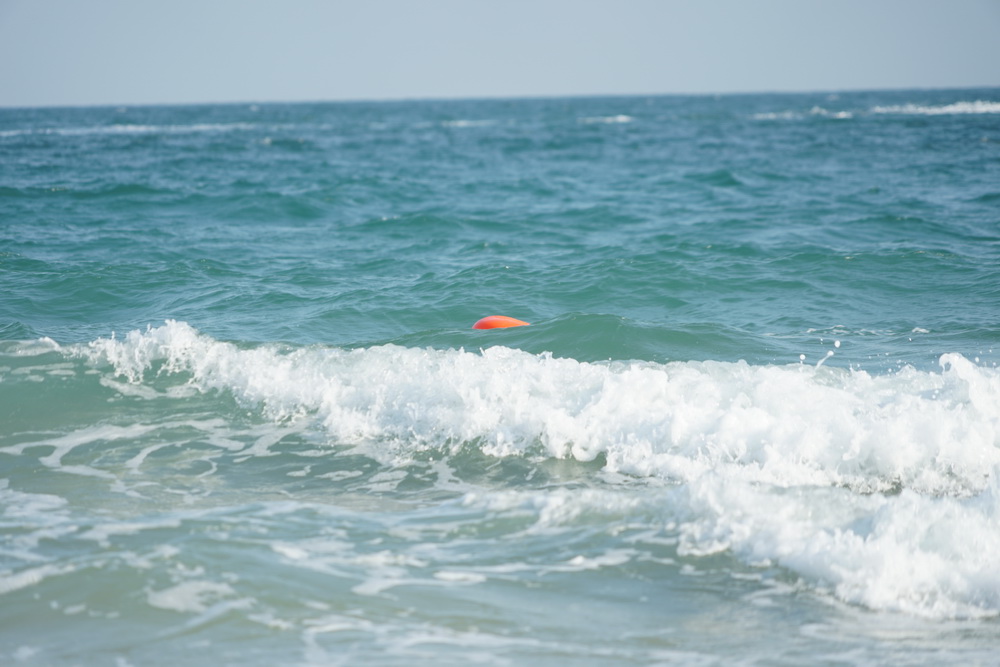
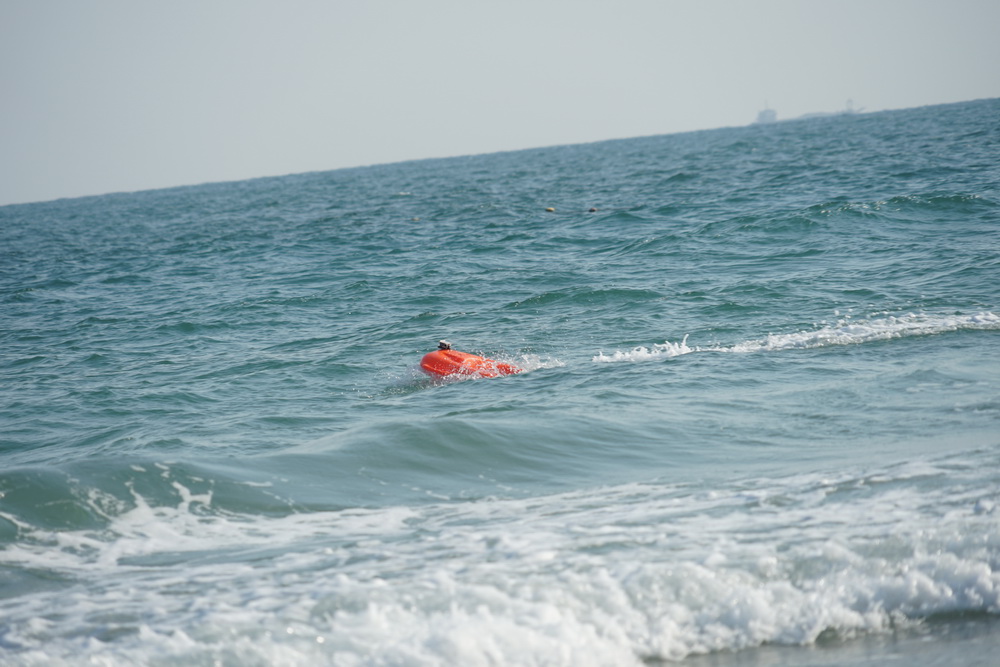
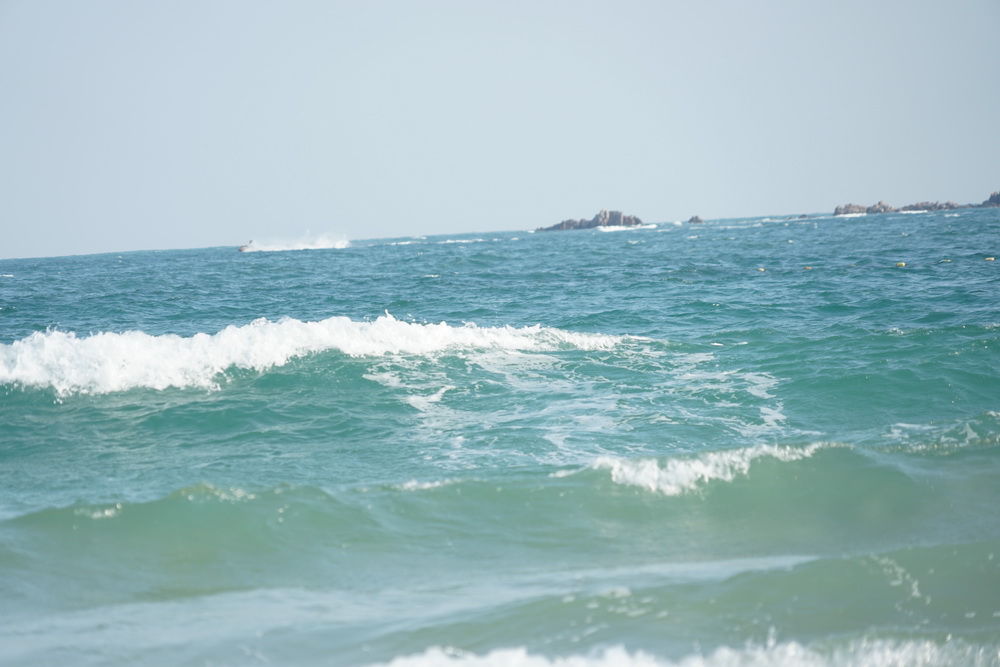
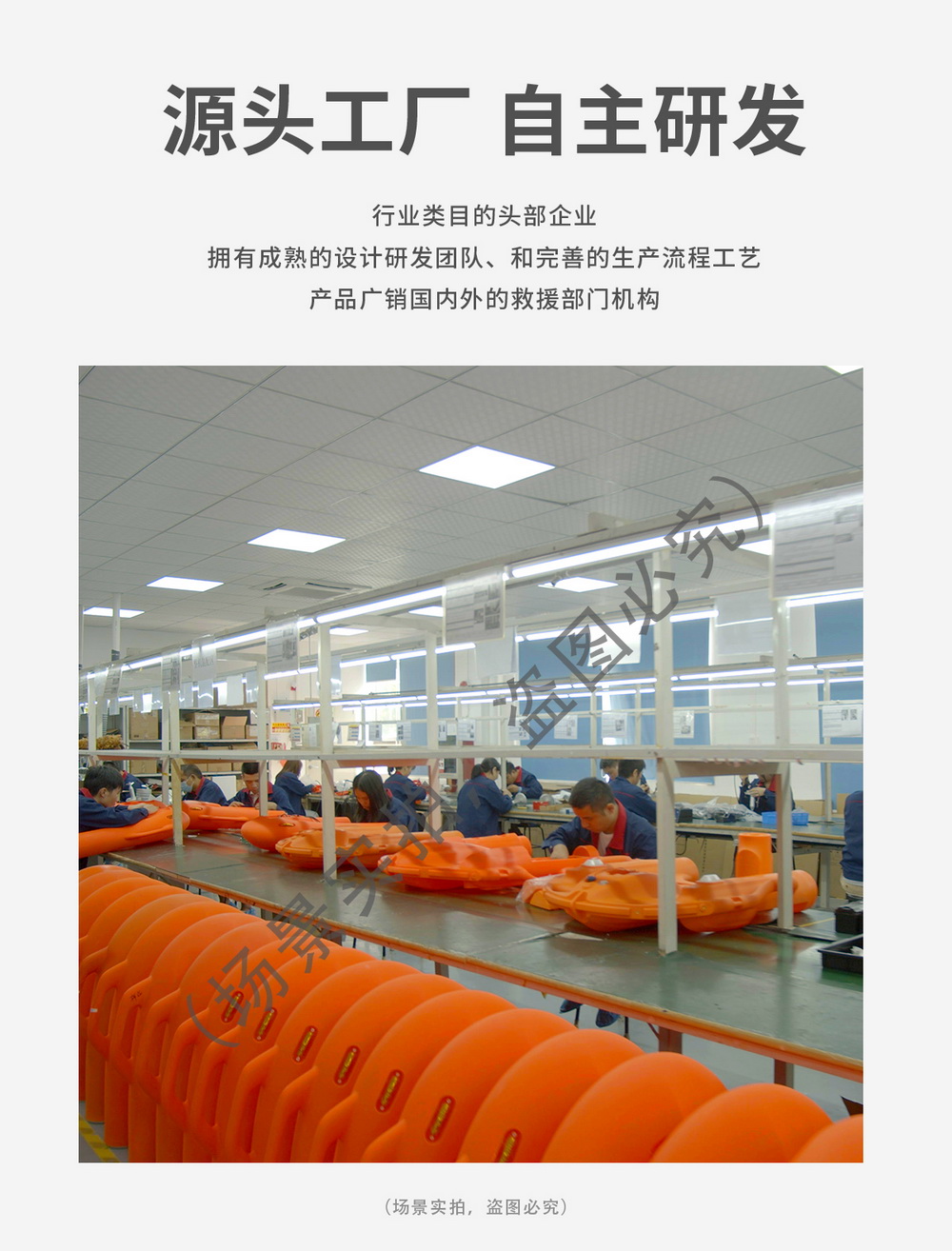
遥控救援飞翼 的未来发展趋势与政策建议
展望未来,“遥控救援飞翼”将朝着智能化、集群化、多功能化方向发展。例如,集成AI识别系统实现自动识别落水者,或通过多机协同完成大面积水域搜救任务。建议政府在采购中鼓励技术创新,设立专项基金支持国产“遥控救援飞翼”研发,并推动相关行业标准制定,形成从研发、生产到应用的完整产业链,全面提升我国水域应急救援现代化水平。
===
Future Development Trends and Policy Recommendations for the Remote Rescue Wing
Looking ahead, the "Remote Rescue Wing" will evolve toward greater intelligence, swarm capabilities, and multifunctionality. For example, integrating AI recognition systems to automatically detect persons in distress, or enabling multi-unit coordination for large-area water search and rescue missions. It is recommended that the government encourage technological innovation in procurement, establish special funds to support the R&D of domestically produced "Remote Rescue Wing" devices, and promote the formulation of industry standards, thereby building a complete industrial chain from research and development to production and application, comprehensively enhancing the modernization level of China's aquatic emergency rescue capabilities.
〗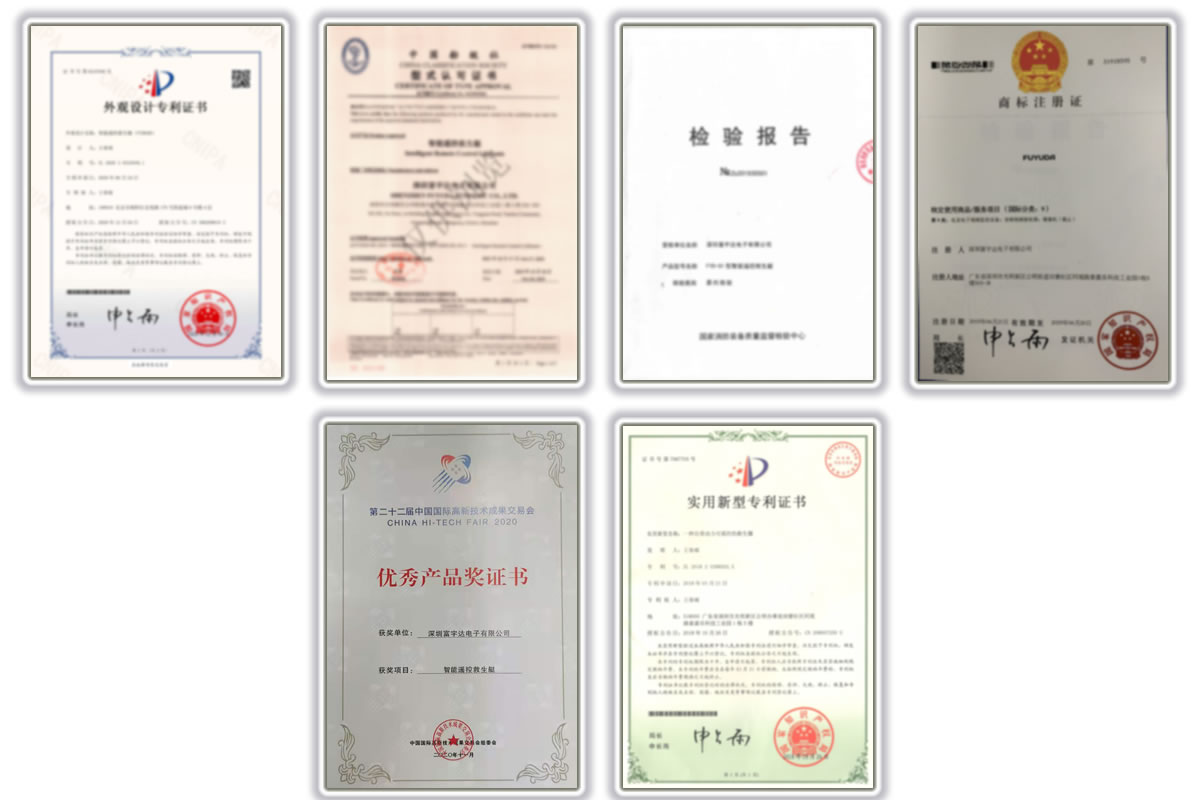









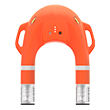
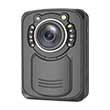
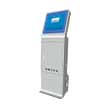
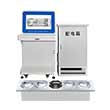

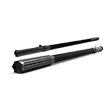
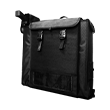
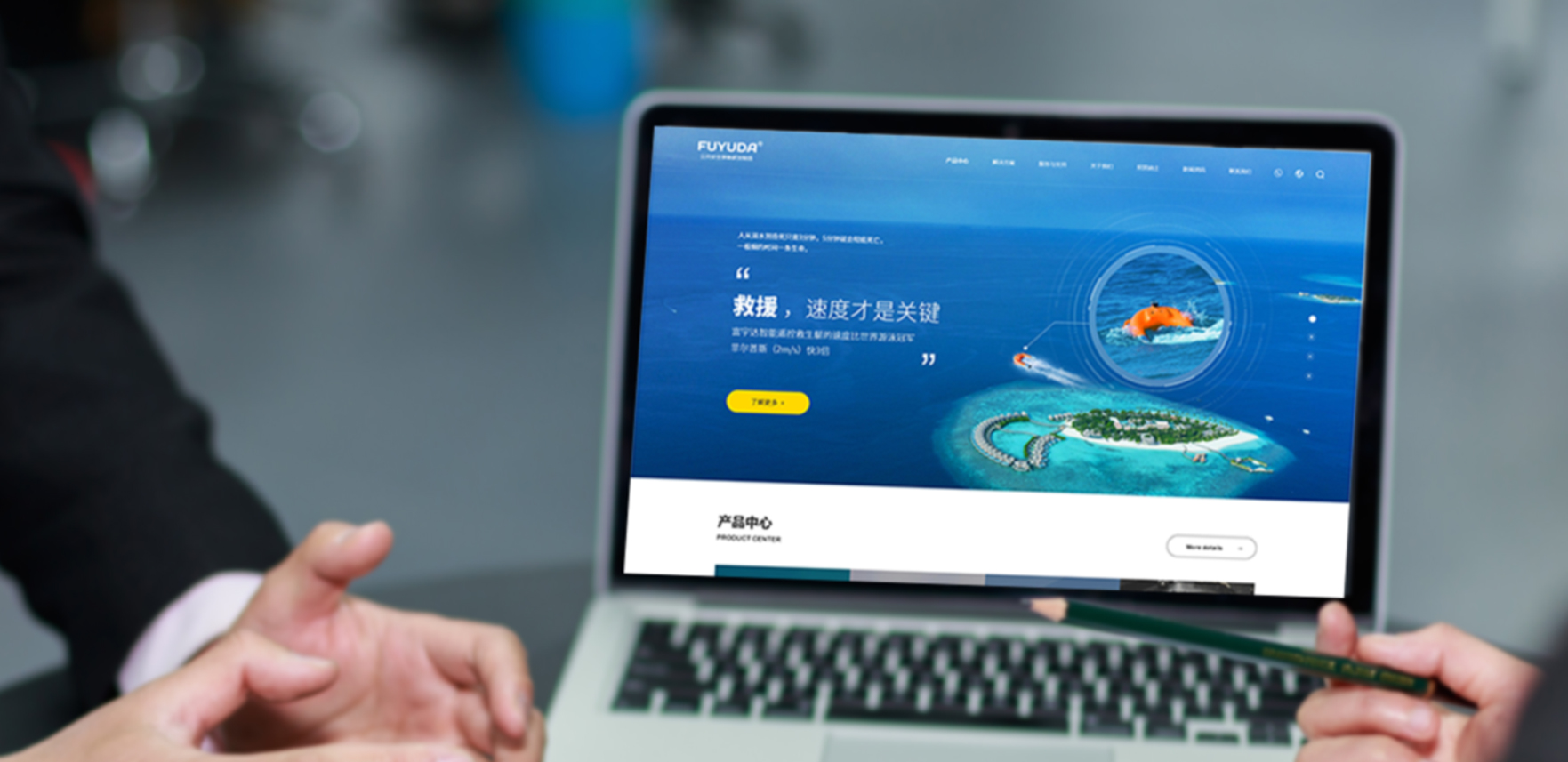



 当前位置:
当前位置:



